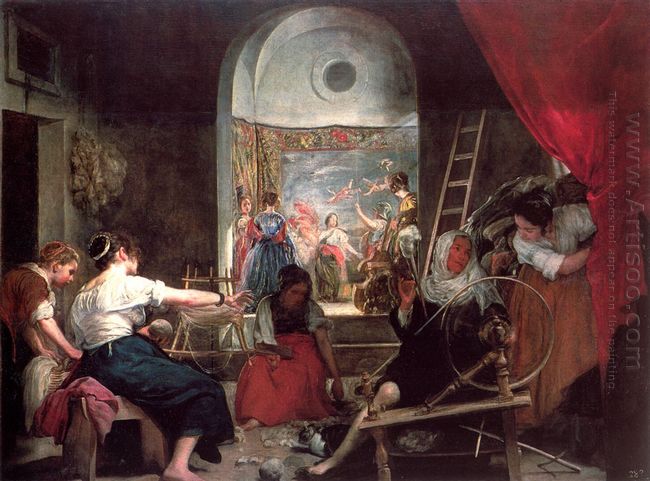Originating from the 17th-century Italy, Baroque style represented the last light beam of the Renaissance, absorbing the concept of humanism and individualism from the renaissance on the one hand, developing its own, new features on the other. The term "baroque" allegedly came from the Portuguese word "baroco", or the Spanish word
"barreuco", meaning random-shaped pearls. Later, this term was used to describe anything bizarre, exotic, and out of the mainstream. Quite naturally, from the very beginning, the term "baroque" had been treated with a negative sense and this trend lasted until the late 19th century, when the book the Renaissance and Baroque was published, which gave a comprehensive description of baroque style and made it a serious and independent artistic trend. From then on, more and more critics set out to make more in-depth research on this artistic style and people's understanding of it deepens in the process. Main baroque artistic figures include Diego Velázquez, Daniel Schultz, John Michael Wright, Simon Vouet, Jan Wyck, Paul Troger, and Franz Joseph Spiegler.
Its main characteristics are as follows. Firstly, it is quite extravagant, encompassing both the religious ideals and a touch of the hedonist pursuit. Secondly and closely related, it is filled with emotions. Instead of depicting a serene and tranquil scene, the baroque artists prefer to employ heavy color and their wildest imagination to create a romantic, exuberant and grandiose scene. Their focus shifts from the rationality to the freedom. Third is their emphasis on movement and variability, which are the soul of baroque style. The variability of light is a vital importance. Finally, profoundly influenced by the Renaissance, in a baroque painting, human characters unexceptionally play a pivotal role in the painting structure.






